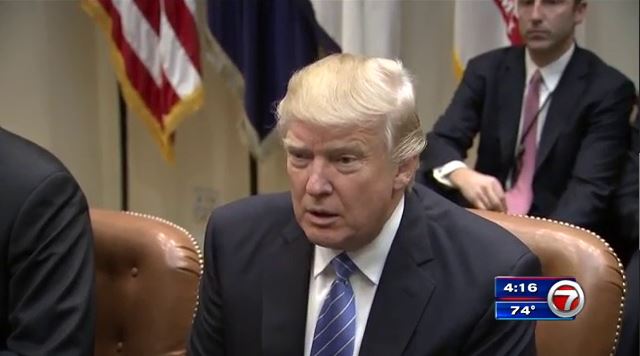WASHINGTON (AP) — President Donald Trump will begin rolling out executive actions on immigration Wednesday, beginning with steps to tighten border security — including his proposed wall along the U.S.-Mexico border — and other domestic immigration enforcement measures, according to two administration officials.
Later in the week, the president is expected to take steps to restrict the flow of refugees to the United States. One official said the president was expected to roll out immigration measures over the next few days.
The officials insisted on anonymity in order to confirm the plans ahead of Trump’s official announcement. The president is expected to sign the first actions Wednesday during a trip to the Department of Homeland Security.
Trump campaigned on pledges to tighten U.S. immigration policies, including beefing up border security and stemming the flow of refugees. He also called for halting entry to the U.S. from Muslim countries, but later shifted the policy to a focus on what he called “extreme vetting” for those coming from countries with terrorism ties.
As president, Trump can use an executive order to halt refugee processing. President George W. Bush used that same power in the immediate aftermath of the Sept. 11 terrorist attacks. Refugee security vetting was reviewed and the process was restarted several months later.
While the specific of Trump’s orders were unclear, both officials said Wednesday’s actions would focus in part on the president’s plans to construct a wall along the southern border with Mexico. He has insisted Mexico would pay for the wall, though the Mexican government has repeatedly said it would not.
Trump will meet with Mexican President Enrique Pena Nieto at the White House next week.
The Trump administration also must adhere to a decades-old border treaty with Mexico that limits where and how structures can be built along the border. The 1970 treaty requires that structures cannot disrupt the flow of the rivers, which define the U.S.-Mexican border along Texas and 24 miles in Arizona, according to
The International Boundary and Water Commission, a joint U.S.-Mexican agency that administers the treaty.
Copyright 2024 The Associated Press. All rights reserved. This material may not be published, broadcast, rewritten or redistributed.

